JOIN the AFICIONADOS
To receive our world of travel and style delivered straight to your inbox.
In these times of immigration crises and border wall rhetoric, it would be a pity if we lost sight of the enriching side effects that migration and cultural exchange can bring.
An island like Mallorca, located as it is in the Balearic Sea between North Africa and Southern Europe, is a great example of such an historical melting pot of influences, from the times of Roman authority to the subtle infiltration of Silk Road knowledge.
When wandering Mallorcan village streets, a specific type of fabric will catch your eye – one that may seem familiar to fabrics you may have spotted in your travels to India, Indonesia, Japan and even Africa or Latin America.
This fabric, called ikat, bears a characteristic pattern obtained by the process of resist dying, where certain areas are not exposed to dye by binding the fabric beforehand. And while this technique was developed independently in different locations around the world, the island of Mallorca is the only place where you can still visit family-run workshops that have been operating for over 160 years.
Using techniques that came to the island from overseas, Mallorca benefited from the cultural exchange that resulted from the Silk Road trade route that connected Asia to Europe. When Chinese ikat silks were imported into France and Italy, the techniques were perfected further, and reached Mallorca.
Today, craftsmen employ authentic ikat techniques that are specific to the island, creating fabrics are known as “Lenguas Mallorquinas”, which translates to “Mallorcan tongues” thanks to their typically Mallorcan patterns which remind of flames or tongues.
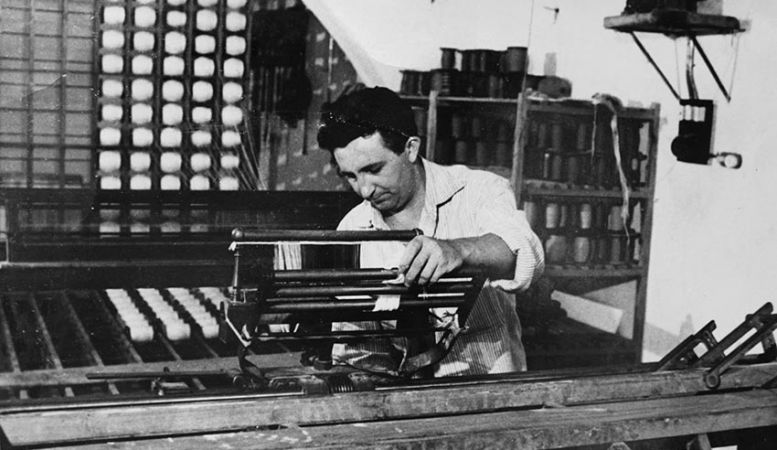
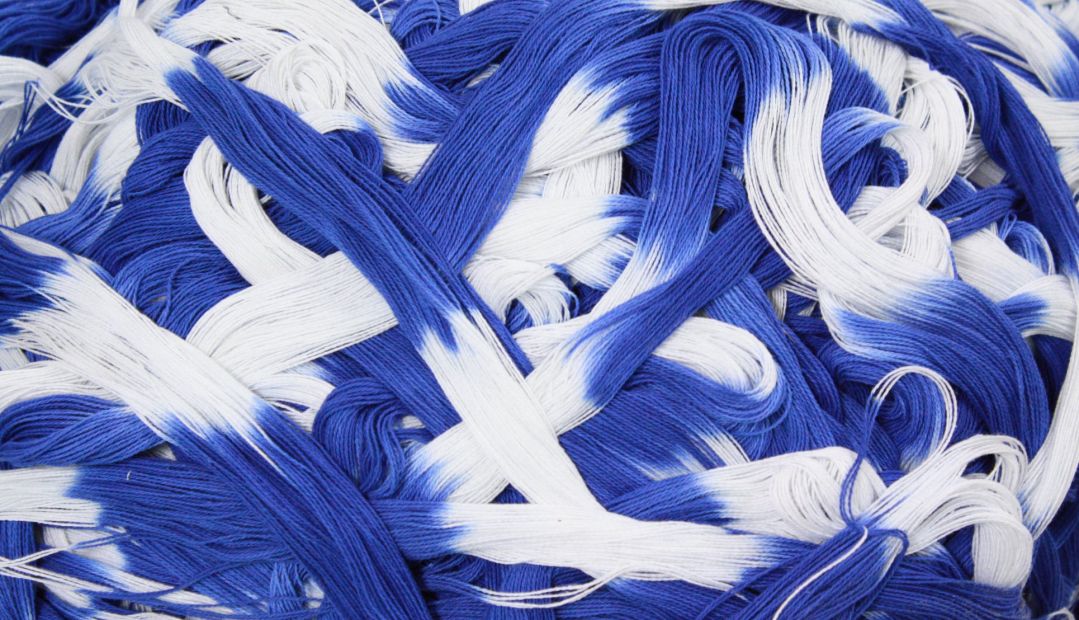
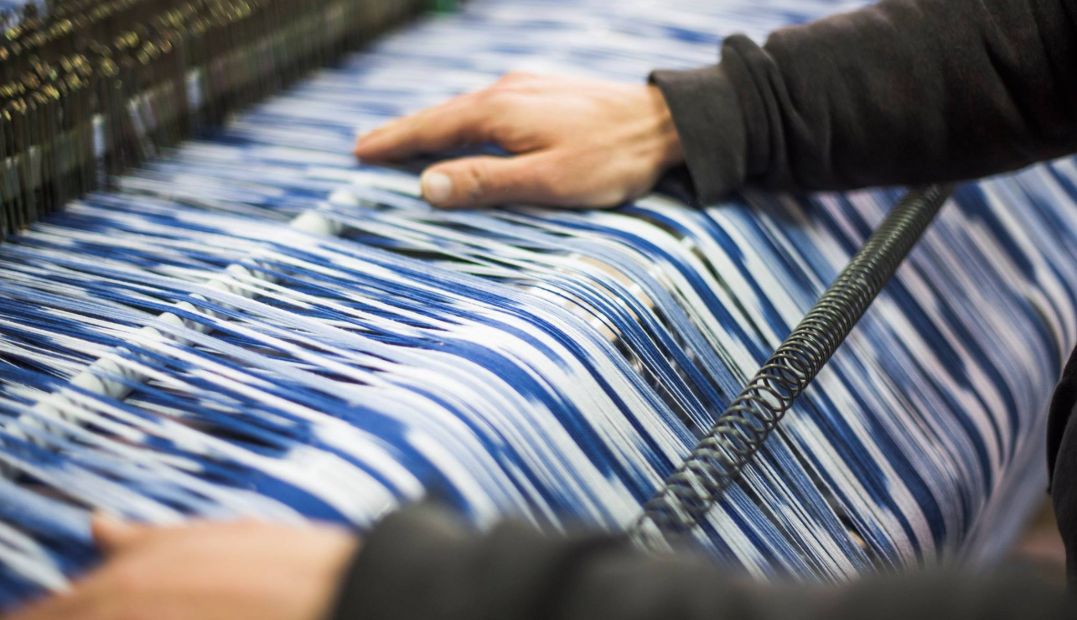
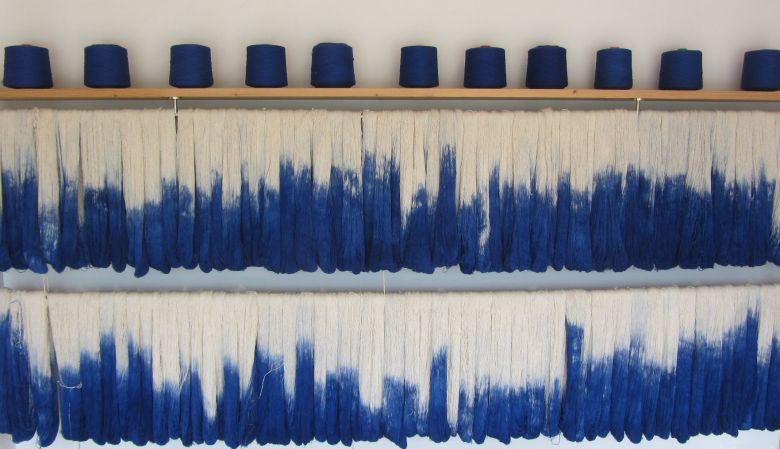
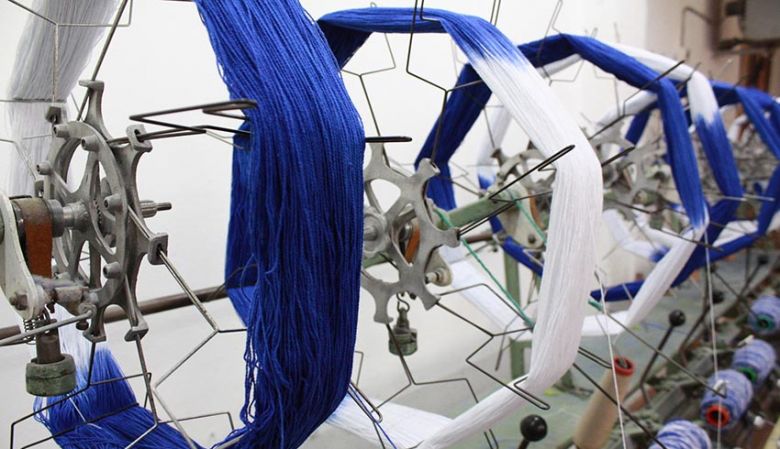
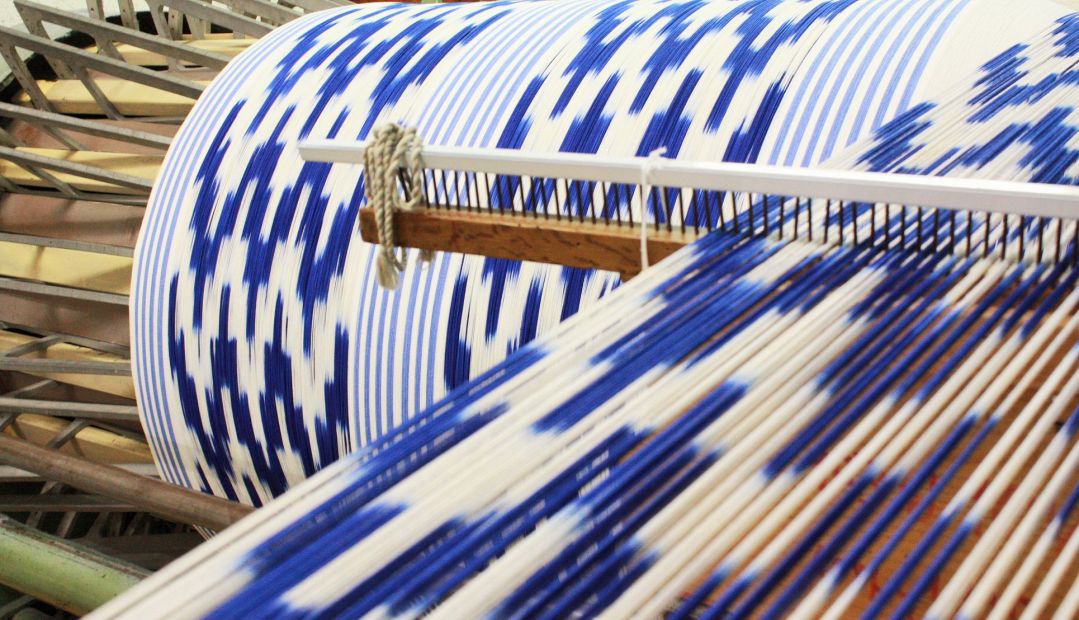
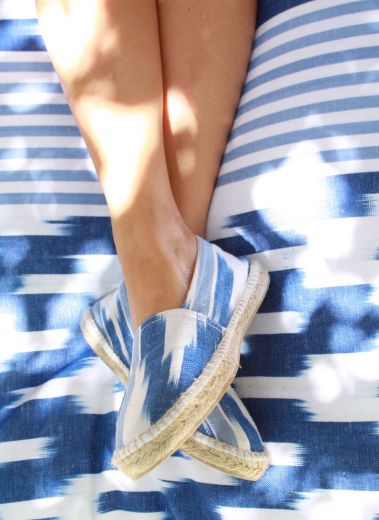
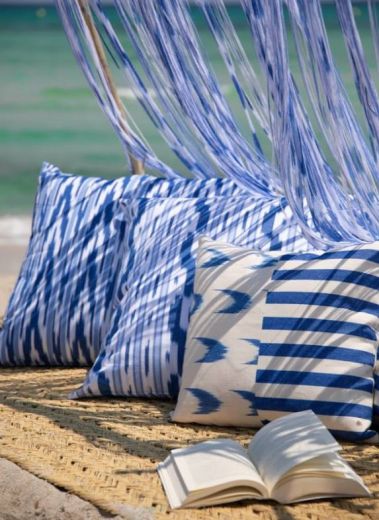
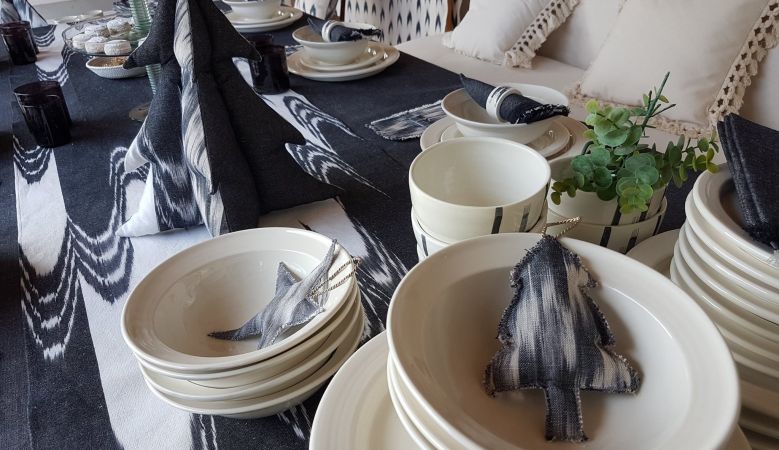
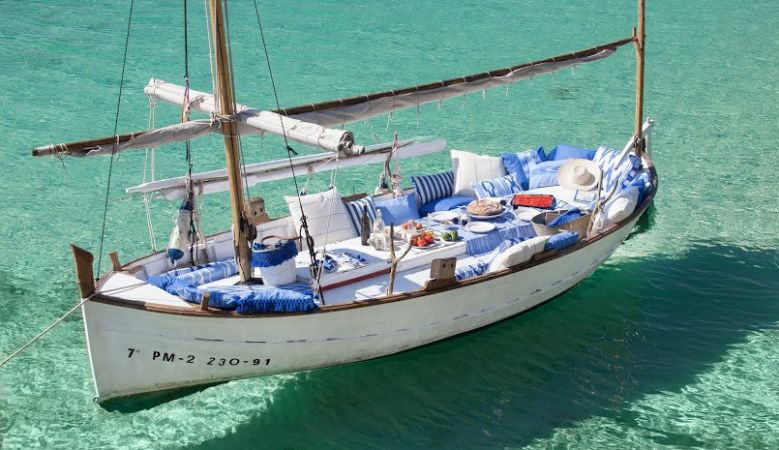
We still have 18thcentury silk cloths that bear these patterns, and new cloths are still being made, uniquely for Europe, by Mallorcan workshops. Pick up a bit of history and contribute to the survival of the Mallorcan ikat – a symbol of a shared cultural patrimony across national borders.
Book a trip to Mallorca and soak up the culture of an island.